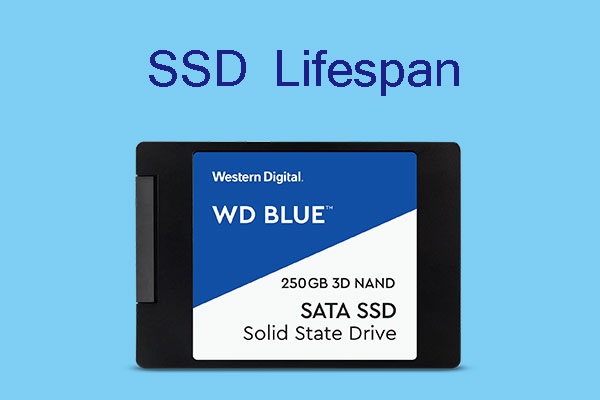Have you heard of that HPE warned customers their SSDs will fail after 32,768 hours? If not, you should read this post, in which MiniTool introduces more details to you.
HPE SSDs Will Fail After 32,768 Hours
Recently, the Hewlett Packard Enterprise (HPE) warned customers of the fact that their SAS SSDs could soon fail if not updated with a firmware patch.
In the customer bulletin announced by the HPE Support Center, this company says it was notified by a Solid State Drive (SSD) manufacturer of a firmware defect affecting certain SAS SSD models that are currently used in multiple HPE server and storage products from HPE ProLiant, Synergy, Apollo, JBOD D3XXX, D6XXX, D8XXX, MSA, StoreVirtual 4335 and StoreVirtual 3200.
This defect will affect SSDs with an HPE firmware version prior to HPD8 and may cause these drives to fail at 32,768 hours operating time. It means that your data on these drives will be lost after using them for 3 years, 270 days 8 hours, and the data cannot be recovered.
HPE declined to reveal more details about the defect causes the drives to crash after exactly 32,768 hours of operation. But, some people have noticed that the number 32,768 is the maximum negative integer a 16-bit computer can process and the number 32,767 is the maximum positive integer.
This has sparked speculation the defect has to do with an “integer overflow bug”. This bug is caused by the fact that a computer tries to create a numeric value outside the range of available digits.
This company said in a statement that, when it was informed of this defect on 11/15, it immediately began working around the clock to develop a firmware update that will fix the defect. Then, the fix is HPD8 firmware and the HPE is currently notifying customers of the need to install this update as soon as possible.
The HPE also warns customers that they customers accept the risk of incurring future related errors if they disregard HPE’s notification and not performing the recommended resolution.
About HPE
The Hewlett Packard Enterprise Company (HPE) is an American multinational enterprise information technology company founded on 1 November 2015 as part of splitting of the Hewlett-Packard Company.
Its main business is to provide computer hardware manufacturing and software services for cloud and server equipments of enterprise users including large enterprises, and small and medium enterprises.
About the Impact of Firmware on SSD
A firmware of an SSD controls the algorithms of SSD read/write and transfer, and allocates data to flash memory reasonably. It is mainly used to improve the BUG of solid state drives and tap the potential of a solid state drive.
Excellent firmware contains advanced algorithms that can reduce unnecessary writes to solid state drives, thereby reducing wear and tear on flash memory chips, extending the life of solid state drives while maintaining performance.
A new version of firmware may bring performance improvements. Therefore, when the hardware such as flash memory and main control cannot be replaced, the firmware upgrade has become an effective means for players to improve SSD performance.
If the latest firmware is officially released for an SSD, users are advised to upgrade it diligently.
Final Words
To avoid the SSD failure, it’s very important to back up your data regularly, no matter for SSDs or HDDs. If you have encountered hard drive failure, you should use a reliable data recovery software to retrieve data.




User Comments :